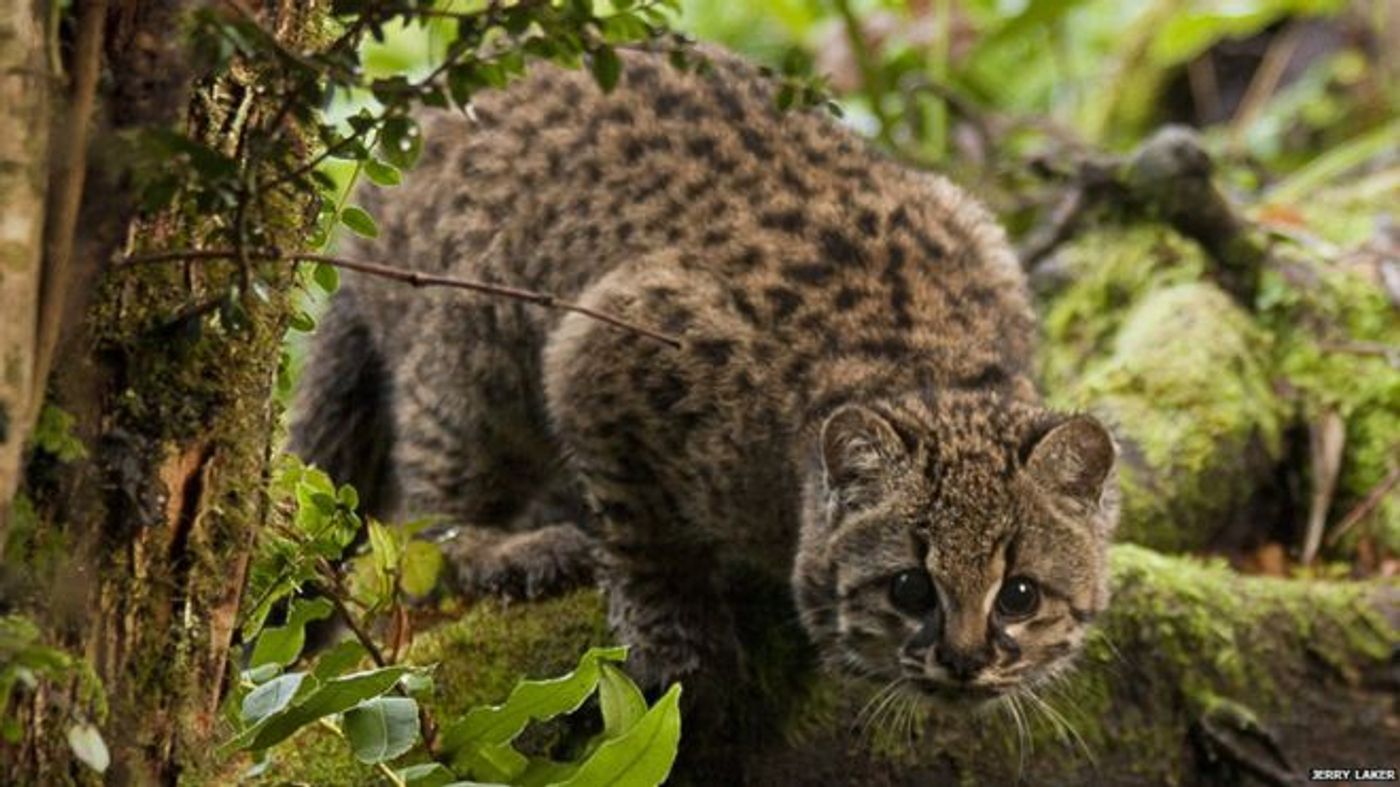Güiña Wildcats of Chile Are Faring Better Than Initially Thought
The International Union for the Conservation of Nature (IUCN) recognizes the güiña wildcat of Chile (Leopardus guigna) as a vulnerable animal species, but new research indicates that the circumstances surrounding this particular cat probably aren’t as dire as initially thought.
Image Credit: Jerry Laker
Researchers from the University of Kent, UK carefully probed the situation to learn more and found that the güiña wildcat survives just fine in environments dominated by humans. In fact, even in places where deforestation and unnecessary animal killing runs rampant, these factors don’t seem to influence the felines as profoundly as they might impact other animals.
Motion-sensitive camera traps deployed throughout the güiña wildcat’s natural habitat allowed researchers to gauge just how many perused a region. Furthermore, they underscored just how adaptive and resourceful the cats become when their survival depends on it.
Although the researchers had expected to see fewer güiña wildcats in agriculturally-developed areas, they were astonished to find just the opposite to be true. In fact, the cats reportedly exploited unfarmed lands to acquire free resources and shelter, among other things.
Related: Cat gets a second chance at walking thanks to new titanium legs
Considering just how many güiña wildcats that farmers kill to protect livestock, it’s sort of ironic that neglected farmlands serve as some of the best sanctuaries for the feline today. Then again, an impending threat remains.
Larger farms can become divided into several smaller ones over time, and this reduces the amount of neglected land that güiña wildcats have available to thrive in. The researchers caution how this pivotal detail could spell out trouble for güiña wildcats and other carnivorous species.
Imbued with new knowledge about how the güiña wildcat adapts to cope with an increasingly-volatile world, perhaps we can identify new and effective ways to conserve the species before it’s too late.









